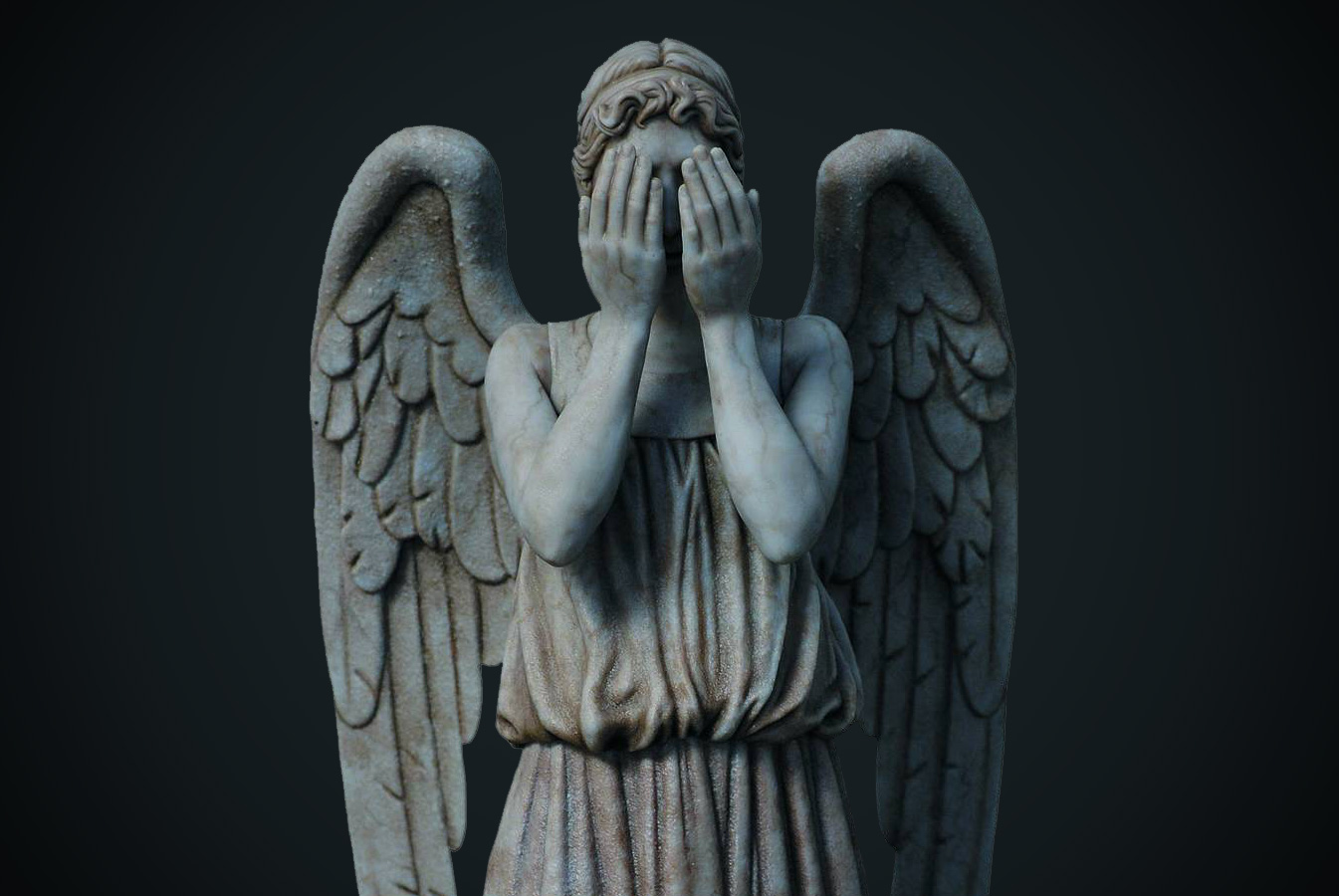When you hear the word 'History' what do you think? Do thoughts of war, culture, industrialization come to mind? What about the images that flicker in your mind as you think about the word itself?
When learning about History these topics are often covered by teachers and textbooks. One important aspect of learning history that I was taught in high school was the difference between a primary source and a secondary source. A primary source is an actual artifact from the occurrence of the event. While a secondary source may be an interpretation or summary of that source. Often times, most of the information we read comes from secondary sources.
With this notion in mind, let's think about HOW we get our info. In lecture we learned about two terms to describe the text giving us history, which are
res gestae and
historia rerum gestarum,
According to Chapter 9 of the
Humanities Core Writer’s Handbook,
Res Gestae is latin for the 'things' themselves that have actually happened.
Historia Rerum Gestarum is latin for the 'story' of the 'things' that happened.
So basically
Historia Rerum Gestarum is the story of
Res Gestae.
 |
Painting of the siege
https://en.wikipedia.org/wiki/10th_(Magdeburg)_Hussars |
In Bertolt Brecht's
Mother Courage and her Children there is a section in Act 5, pg 58 where the characters are experiencing the siege of Madgeburg. To know ALL about the siege, click
here! <- that link is very in depth but if you read the beginning parts it gives the main idea.
On the other hand, there is also a source where (
Otto Guerick's Recount of Events)
it's Otto Guerick, the most famous eyewitness of the events, where he tells the details of the siege.
After reading both of these pieces, I stand on the position that Brecht's
Mother Courage is a historia rerum gestarum, and Guerick's recount is closer to a res gestae. In other words, Guerick's recount is more like a primary source. HOWEVER, unless we were there to witness what happened (which unless you are a time traveler you probably didn't) all readings of history are essentially historia rerum gestarum. This is because we are always reading what other people interpret as what truly occurred. MOVING ON to the true analysis of the pieces of text!
 |
Mother Courage Play
https://www.berea.edu/thr/mother-courage/ |
Mother Courage follows along with the main character being Mother Courage herself, and her role in this siege. But we also get to read about how the soldiers had one hour to plunder the city and the harm found on the farmer, his wife, and child. Because Mother Courage refuses to help them, the reader tends to feel sympathy for the poor family and what happened to them. Due to the fact that this type of writing is satirical, Mother Courage and her focus on her stocks over the lives of the farmers makes us realize how important it is to feel for others and their predicaments. Mother Courage's lack of sympathy then causes the reader to feel sympathy in her place. Oh humans, how we love to empathize. However in reference to the actual events of the siege, all we get from this piece of text is that the soldiers ruin the city after an hour, many people were brutally injured and Mother Courage is all out of bandages because of this.
Now focusing on Guerick's recount, reading this gives off the feeling of hearing a news broadcaster telling us of the events. Detailing what was happening as they watched it. Which is why Guerick is one of the most famous eyewitnesses because that is exactly what his recount of events is, an eyewitness report of what exactly happened. Unlike Mother Courage, this reading goes into the deep details of the brutality and provides information about the war itself. The imagery provided is spot on to the point that the reader envisions the horrid brutality.
Overall after reading both texts I feel like I have got the full experience of what happened on that day, Guerick provides the detailed imagery for what the sights are and Brecht gives the personal feeling of what it was like to be there. Putting these together it's like watching a movie of what occurred on that tragic day. Both pieces make the anti-war notions very prominent. Guerick does this most directly, which Brecht has the reader thinking deeper to find it.
The lesson learned in this situation is, don't focus on one piece to get all your info about what happened in one event! Difference forms of literature provide different perspectives and ultimately results in different views on what occurred. Make sure that you view history through all the perspectives before you judge a situation!


